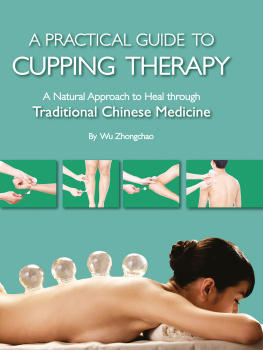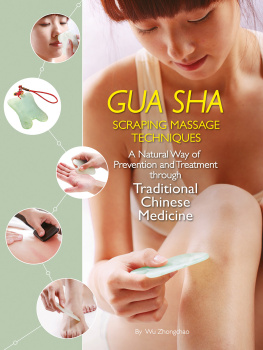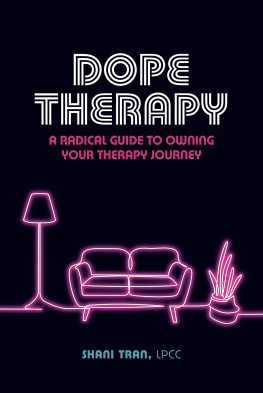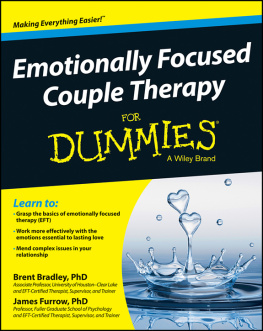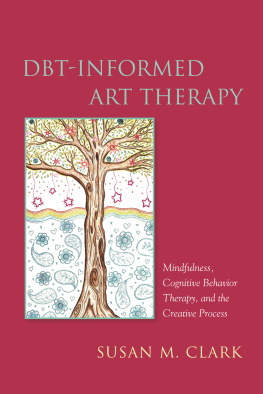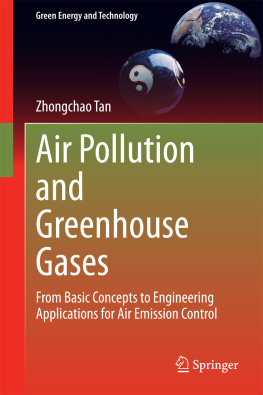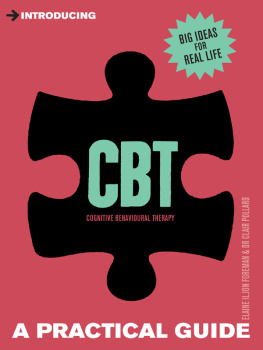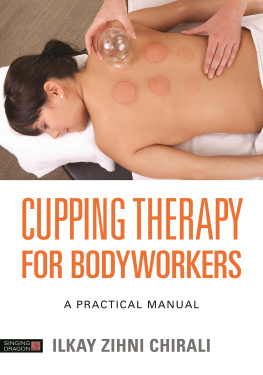Wu Zhongchao - A Practical Guide to Cupping Therapy
Here you can read online Wu Zhongchao - A Practical Guide to Cupping Therapy full text of the book (entire story) in english for free. Download pdf and epub, get meaning, cover and reviews about this ebook. publisher: Tuttle Publishing, genre: Home and family. Description of the work, (preface) as well as reviews are available. Best literature library LitArk.com created for fans of good reading and offers a wide selection of genres:
Romance novel
Science fiction
Adventure
Detective
Science
History
Home and family
Prose
Art
Politics
Computer
Non-fiction
Religion
Business
Children
Humor
Choose a favorite category and find really read worthwhile books. Enjoy immersion in the world of imagination, feel the emotions of the characters or learn something new for yourself, make an fascinating discovery.
- Book:A Practical Guide to Cupping Therapy
- Author:
- Publisher:Tuttle Publishing
- Genre:
- Rating:5 / 5
- Favourites:Add to favourites
- Your mark:
- 100
- 1
- 2
- 3
- 4
- 5
A Practical Guide to Cupping Therapy: summary, description and annotation
We offer to read an annotation, description, summary or preface (depends on what the author of the book "A Practical Guide to Cupping Therapy" wrote himself). If you haven't found the necessary information about the book — write in the comments, we will try to find it.
Wu Zhongchao: author's other books
Who wrote A Practical Guide to Cupping Therapy? Find out the surname, the name of the author of the book and a list of all author's works by series.
A Practical Guide to Cupping Therapy — read online for free the complete book (whole text) full work
Below is the text of the book, divided by pages. System saving the place of the last page read, allows you to conveniently read the book "A Practical Guide to Cupping Therapy" online for free, without having to search again every time where you left off. Put a bookmark, and you can go to the page where you finished reading at any time.
Font size:
Interval:
Bookmark:
A PRACTICAL GUIDE TO
CUPPING THERAPY
Copyright 2017 Shanghai Press and Publishing Development Co., Ltd.
Chinese edition 2013 Phoenix Science Press, Ltd.
All rights reserved. Unauthorized reproduction, in any manner, is prohibited.
This book is edited and designed by the Editorial Committee of Cultural China series
Text by Wu Zhongchao
Translation by Cao Jianxin
Design by Wang Wei
Copy Editor: Susan Luu Xiang
Editors: Wu Yuezhou, Cao Yue
Editorial Director: Zhang Yicong
Senior Consultants: Sun Yong, Wu Ying, Yang Xinci
Managing Director and Publisher: Wang Youbu
ISBN: 978-1-60220-041-8
Address any comments about A Practical Guide to Cupping Therapy: A Natural Approach to Heal through Traditional Chinese Medicine to:
Better Link Press
99 Park Ave
New York, NY 10016
USA
or
Shanghai Press and Publishing Development Co., Ltd.
F 7 Donghu Road, Shanghai, China (200031)
Email:
Printed in China by Shenzhen Donnelley Printing Co., Ltd.
3 5 7 9 10 8 6 4 2
The material in this book is provided for informational purposes only and is not intended as medical advice. The information contained in this book should not be used to diagnose or treat any illness, disorder, disease or health problem. Always consult your physician or health care provider before beginning any treatment of any illness, disorder or injury. Use of this book, advice, and information contained in this book is at the sole choice and risk of the reader.
Quanjing provides the images on ) and on the front cover (bottom).
A PRACTICAL GUIDE TO
CUPPING THERAPY
A Natural Approach to Heal through
Traditional Chinese Medicine
By Wu Zhongchao
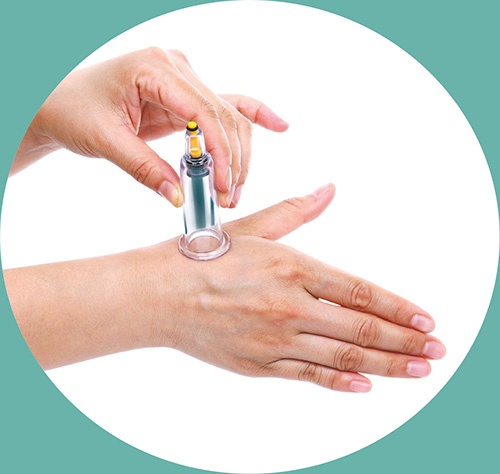
Better Link Press
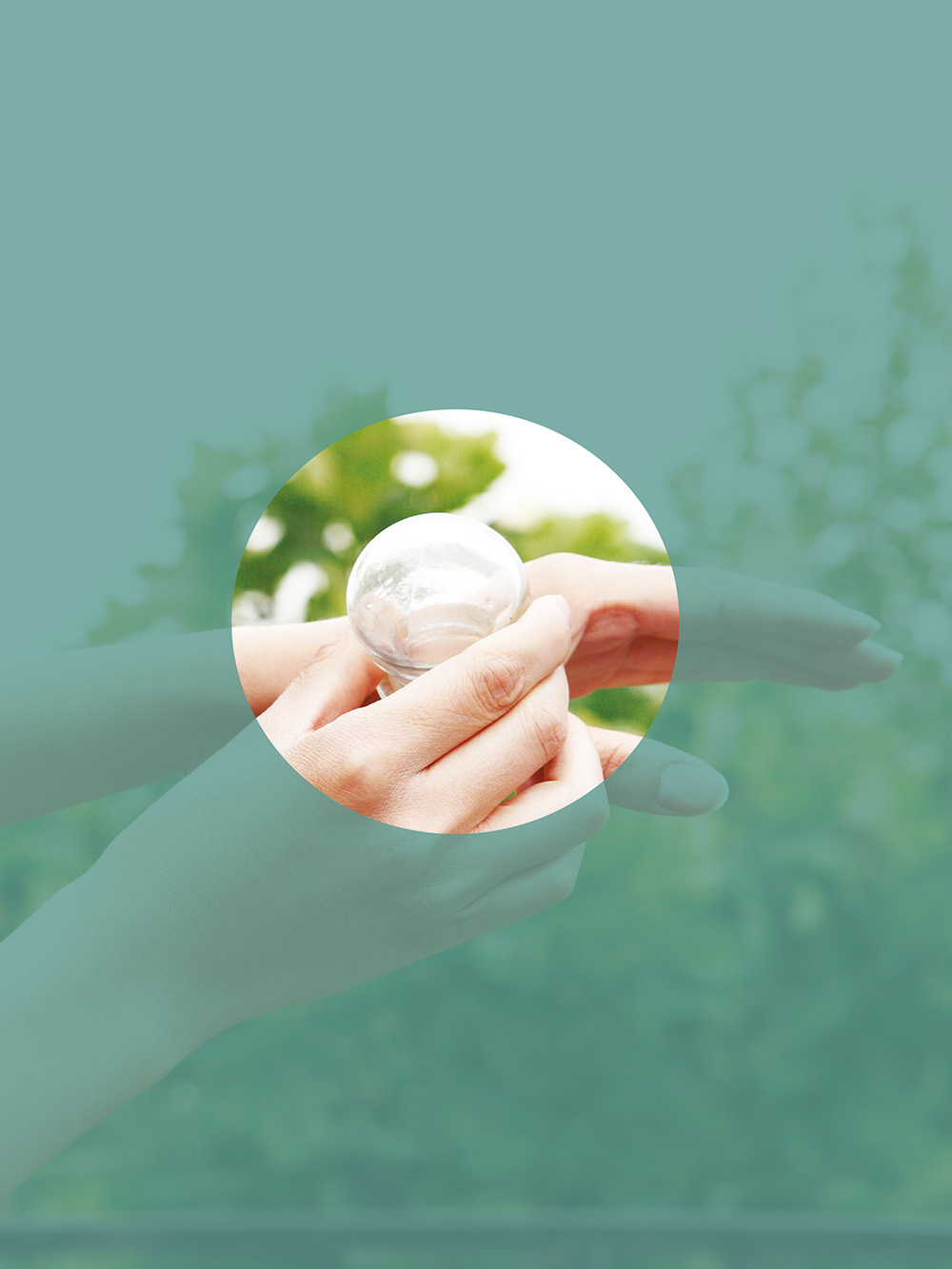
PREFACE
C upping, also known as cupping qi, or suction tube therapy, has a long history in China. As one of the Traditional Chinese Medicine (TCM) therapies, it is widely used as it is simple and practical with significant results. Developed from an ancient folk medicine, cupping therapy uses cups and jars as tools, suctioned to specific areas (affected parts or acupuncture points) of the body surface after the air in them is evacuated via heat to produce negative pressure, thereby creating warm stimulation to generate stagnation of blood in those areas. Today, this natural therapy is still popular among people.
People who have experienced cupping have found that if they have physical discomfort, they will feel much more comfortable after cupping, which is the magic of cupping therapy in Traditional Chinese Medicine. When you encounter a physical symptom, do you know how to relieve it through cupping? Other than professionals, how will self-learners perform cupping?
Cupping can be performed at home with safe and reliable tools as long as you have grasped the skills, and know specific information such as which acupoints should be cupped for certain symptoms, and how long the cupping should last. This book provides acupoint cupping techniques for nearly 100 diseases, and gives detailed description of cupping methods and cupping time for each acupoint, and the right way of cupping for different symptoms of each disease to achieve remarkable effects. Every cupping step in this book is accompanied with a picture, corresponding to bone-length measurement or anatomical location map, which can help you find the acupoints more easily. After reading this book, even beginners who are not familiar with acupoints can gradually learn to cup.
In addition to easing the symptoms of diseases, cupping therapy can also help you preserve your health and improve your looks. This book introduces cupping methods for 12 sub-health status and 8 common problems that affect your appearance. So even if you are not sick, you can use cupping to enhance your physical fitness and get rid of a variety of problems affecting your health and looks. As this book is very practical, professional readers can use it as a reference, while amateurs can acquire knowledge of cupping and try to learn simple cupping methods step-by-step. For the sake of safety, beginners who want to learn cupping may start with vacuum cupping to experience the fantastic feeling that results from this particular therapy.
Some operation charts in this book use cupping on clothes or hair for the need of photography. When operating at home, readers should cup directly on the skin without clothes and directly on the scalp after shaving off the hair instead of doing it on hair.
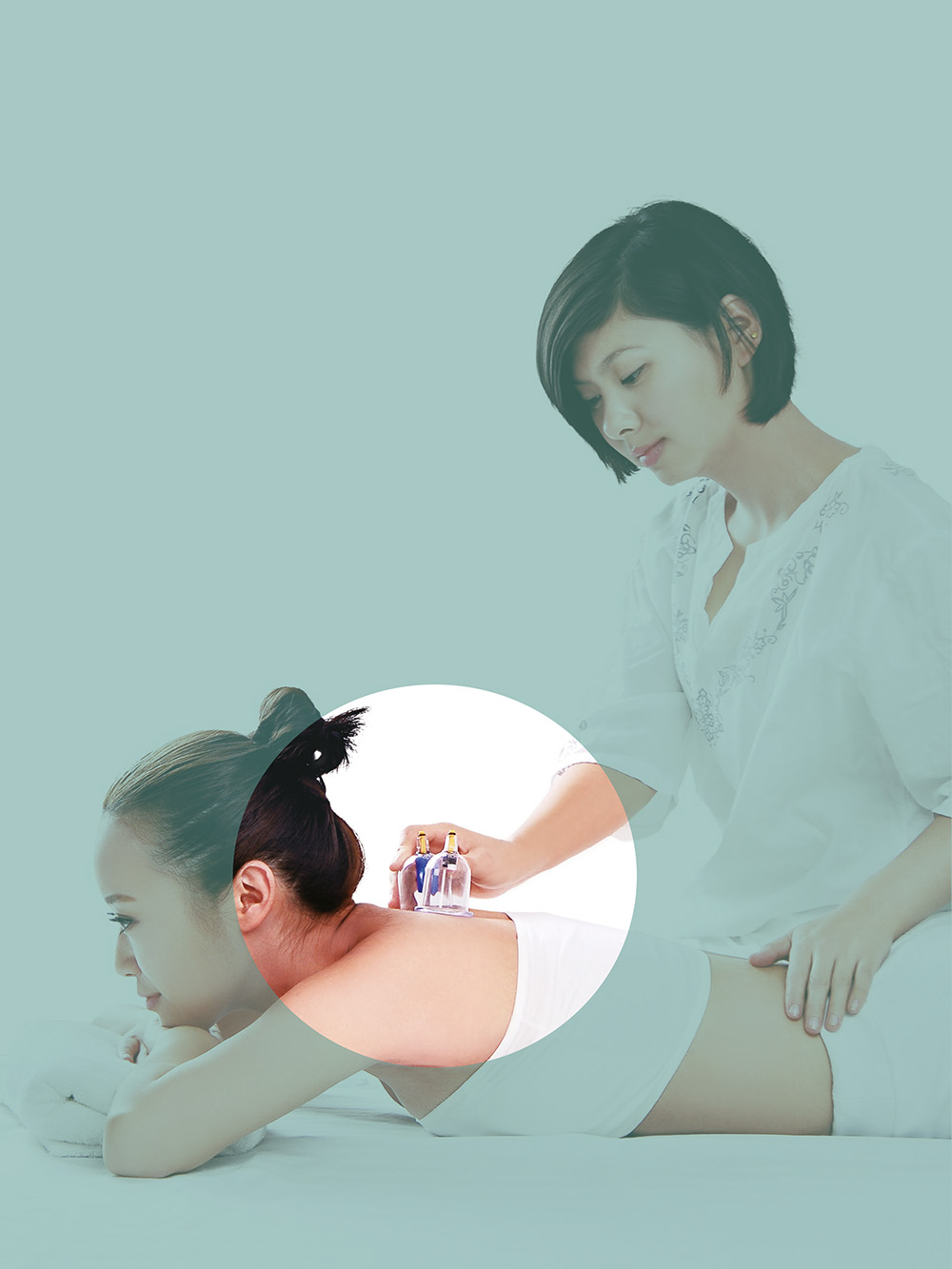
CHAPTER ONE
Benefits and Attentions of Cupping Therapy
W ith a history of thousands of years in China, cupping therapy is an important part of the Traditional Chinese Medicine, and is widely used in the medicine, surgery, gynecology, dermatology, ENT, and other departments through promotion by modern medicine, alleviating and even preventing and treating more than a hundred common diseases. However, cupping cannot be performed under all conditions. Techniques should be followed to take effect. Therefore, before cupping, one should not only understand its advantages and effects, but also know how to perform it in a scientific and effective manner, so that one can apply appropriate techniques to maximize the effects of cupping.
1. Benefits of Cupping Therapy
Cupping therapy is applicable to a wide range of symptoms, and has certain effects on a variety of diseases, which can be alleviated and treated by such methods as acupuncture, massage, traditional Chinese treatment, and Traditional Chinese Medicine. In particular, it has good effects on various painful diseases, soft tissue injuries, acute and chronic inflammations, syndrome of wind-cold dampness arthralgia, and symptoms resulting from dysfunction of internal organs and obstruction of channels.
Research has found that through the suction of the skin, pores, meridians, and acupoints, cupping can guide the transport and distribution of qi in the body, promote qi and blood in meridians, nourish viscera, organs, and tissues, warm the body, stimulate the functions of weak viscera, smoothen meridians, adjust the yin and yang balance of the organism, and also adjust qi and blood, thus achieving the purpose of improving health and warding off illness.
The negative pressure generated in the cup during cupping therapy can cause local capillary congestion and even rupture, rupture of red blood cells, epidermal blood stasis, and the phenomenon of hemolysis, and then produce a group of histamine and histamine-like substances which will flow all over the body with body fluid, stimulating organs, strengthening their functions and activities, and enhancing resistance of the body. Stimulation of negative pressure can cause dilation of local blood vessels, promote local blood circulation, improve the state of congestion, strengthen metabolism, change the status of local tissue nutrition, enhance permeability of vascular wall and leukocyte phagocytosis activities, and strengthen the bodys physical fitness and immune capacity. According to modern medicine, the suction of pressure in the cup to local parts of the body can speed up blood and lymph circulation, promote gastrointestinal peristalsis, improve digestion functions, as well as promote and accelerate the muscles and viscera to excrete and eliminate metabolites.
Next pageFont size:
Interval:
Bookmark:
Similar books «A Practical Guide to Cupping Therapy»
Look at similar books to A Practical Guide to Cupping Therapy. We have selected literature similar in name and meaning in the hope of providing readers with more options to find new, interesting, not yet read works.
Discussion, reviews of the book A Practical Guide to Cupping Therapy and just readers' own opinions. Leave your comments, write what you think about the work, its meaning or the main characters. Specify what exactly you liked and what you didn't like, and why you think so.

